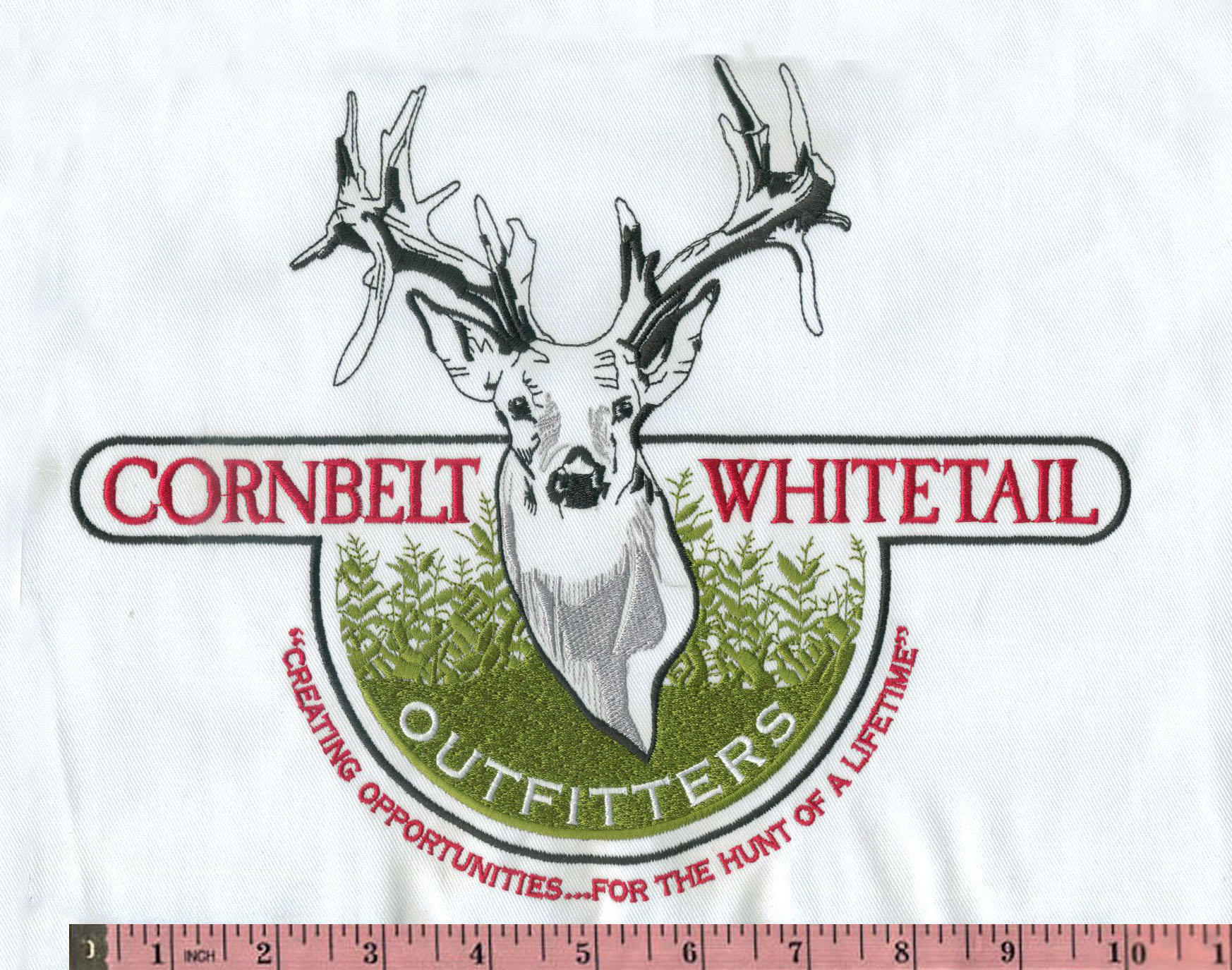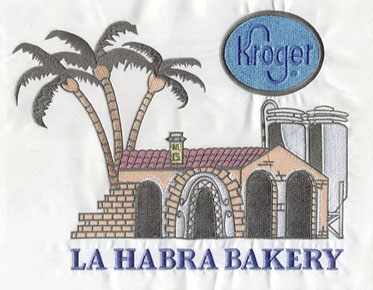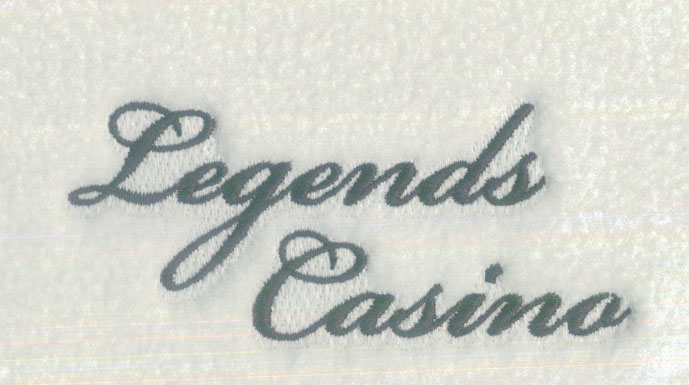Embroidery and Recycling: Turning Fabric Scraps into Art
In a world that's becoming increasingly conscious of sustainability and environmental impact, finding creative ways to repurpose and recycle materials is not only responsible but also incredibly rewarding. One such avenue for eco-friendly creativity is embroidery, a timeless craft that can breathe new life into fabric scraps and transform them into stunning works of art. In this comprehensive guide, we'll delve into the world of embroidery and recycling, exploring how you can turn those seemingly insignificant fabric scraps into beautiful, sustainable creations.
The Intersection of Embroidery and Recycling
Embroidery is an ancient art form that involves decorating fabric with intricate stitched designs. Historically, it was used to embellish clothing, linens, and textiles, adding both beauty and functionality. Today, embroidery remains a beloved craft, and its potential for sustainability and recycling is more relevant than ever.
Here are some compelling reasons why embroidery and recycling make a perfect pair:
Sustainability
Recycling fabric scraps through embroidery is a sustainable practice that reduces waste and minimizes the need for new materials. It aligns with the principles of the circular economy, where resources are reused and repurposed to extend their lifespan.
Creativity
Embroidery offers endless creative possibilities. Whether you're a seasoned embroiderer or a beginner, you can experiment with various stitches, colors, and designs to breathe new life into old fabrics.
Personalization
Recycled embroidery projects are highly personal. You can create unique pieces that reflect your style, memories, and values. It's a chance to infuse your creations with meaning and sentiment.
Preservation
Embroidery can help preserve cherished textiles that might otherwise deteriorate or be discarded. By stitching over damaged areas, you can extend the life of vintage linens or clothing items.
Now, let's dive into the exciting world of embroidery and recycling, exploring how you can get started and the endless possibilities it offers.
Getting Started with Recycled Embroidery
Gather Your Materials
To embark on your recycled embroidery journey, you'll need a few basic materials:
● Fabric Scraps: These can be old clothing, linens, or any fabric you want to repurpose.
● Embroidery Hoop: Choose a hoop that fits your project's size.
● Embroidery Thread: Opt for high-quality threads in various colors.
● Needles: Select embroidery needles that match your thread's thickness.
● Scissors: For cutting fabric and threads, sharp scissors are essential.
● Design or Pattern: Decide on the design you want to embroider, whether it's a pre-made pattern or your custom creation.
Prepare Your Fabric
Before you start stitching, prepare your fabric scraps by washing and ironing them. This ensures that your embroidery will be clean and free from wrinkles. If you're using a fabric item like an old shirt, cut out the section you want to embroider and secure it in the embroidery hoop.
Choose Your Design
Select a design or pattern that resonates with you. You can find countless free embroidery patterns online, or you can create your own. Pinterest and embroidery-focused websites are excellent sources of inspiration.
Select Your Stitches
Embroidery offers a wide range of stitches to choose from, each with its unique texture and appearance. The backstitch, satin stitch, French knot, and chain stitch are examples of common stitches. Experiment with different stitches to achieve the desired effect for your project.
Start Stitching
Begin stitching according to your chosen design and stitches. Take your time and enjoy the process. Embroidery is a mindful and meditative craft that allows you to slow down and savor each stitch.
Creative Ideas for Recycled Embroidery
Now that you're familiar with the basics, let's explore some creative ideas for recycled embroidery projects:
Patchwork Quilts
Gather fabric scraps from old clothing and linens to create a patchwork quilt. Embroider meaningful designs or messages on each patch before sewing them together. This quilt will not only keep you warm but also tell a unique story.
Upcycled Tote Bags
Transform old denim jeans into stylish tote bags. Embroider colorful flowers, geometric patterns, or inspirational quotes on the denim fabric. These bags are not only fashionable but also eco-friendly alternatives to plastic bags.
Embroidered Clothing
Revive your wardrobe by adding embroidery to plain clothing items. Stitch floral motifs on the collar of a white shirt, embellish the pocket of your jeans, or create a statement piece by embroidering a jacket's back. Your clothing will become one-of-a-kind and truly personal.
Vintage Linens
Preserve vintage linens by repairing and enhancing them with embroidery. Cover stains or tears with beautiful embroidered patterns, turning worn-out pieces into cherished heirlooms.
Personalized Gifts
Embroidery is a thoughtful way to create personalized gifts. Stitch a loved one's name or a special message onto a recycled fabric item, such as a handkerchief or pillowcase, to make it truly meaningful.
Tips for Successful Recycled Embroidery
To ensure your recycled embroidery projects are successful and enjoyable, consider these tips:
Practice Your Stitches
Before tackling a significant project, practice your chosen stitches on a scrap piece of fabric. This will help you refine your technique and gain confidence.
Use Quality Materials
Invest in high-quality embroidery thread and needles. Quality materials will make your stitching smoother and more enjoyable.
Plan Your Design
Sketch your design on paper before transferring it to fabric. By doing so, you may see the final result and make the necessary modifications.
Secure Loose Ends
After finishing a section of embroidery, secure the loose thread ends by weaving them into the fabric's reverse side. This ensures your work remains intact over time.
Experiment and Have Fun
Don't be afraid to experiment with colors, stitches, and designs. Recycled embroidery is an opportunity to let your creativity shine.
In Conclusion
Embroidery and recycling are a match made in
sustainable crafting heaven. With a little creativity and the desire to reduce
waste, you can turn fabric scraps into exquisite works of art that tell
stories, preserve memories, and make a positive impact on the environment. So,
gather your materials, choose your stitches, and let your imagination run wild
as you embark on your journey of embroidery and recycling.



